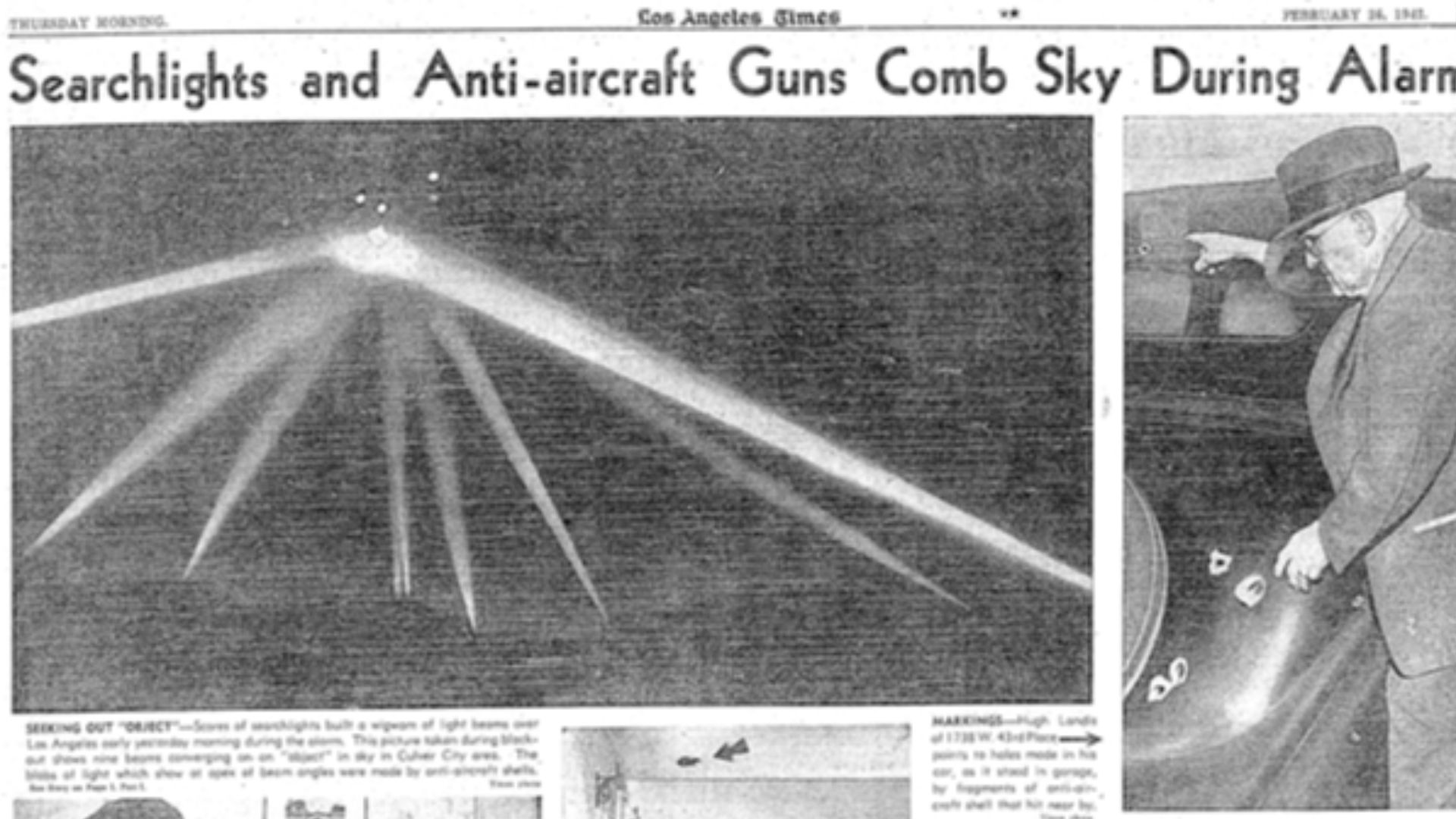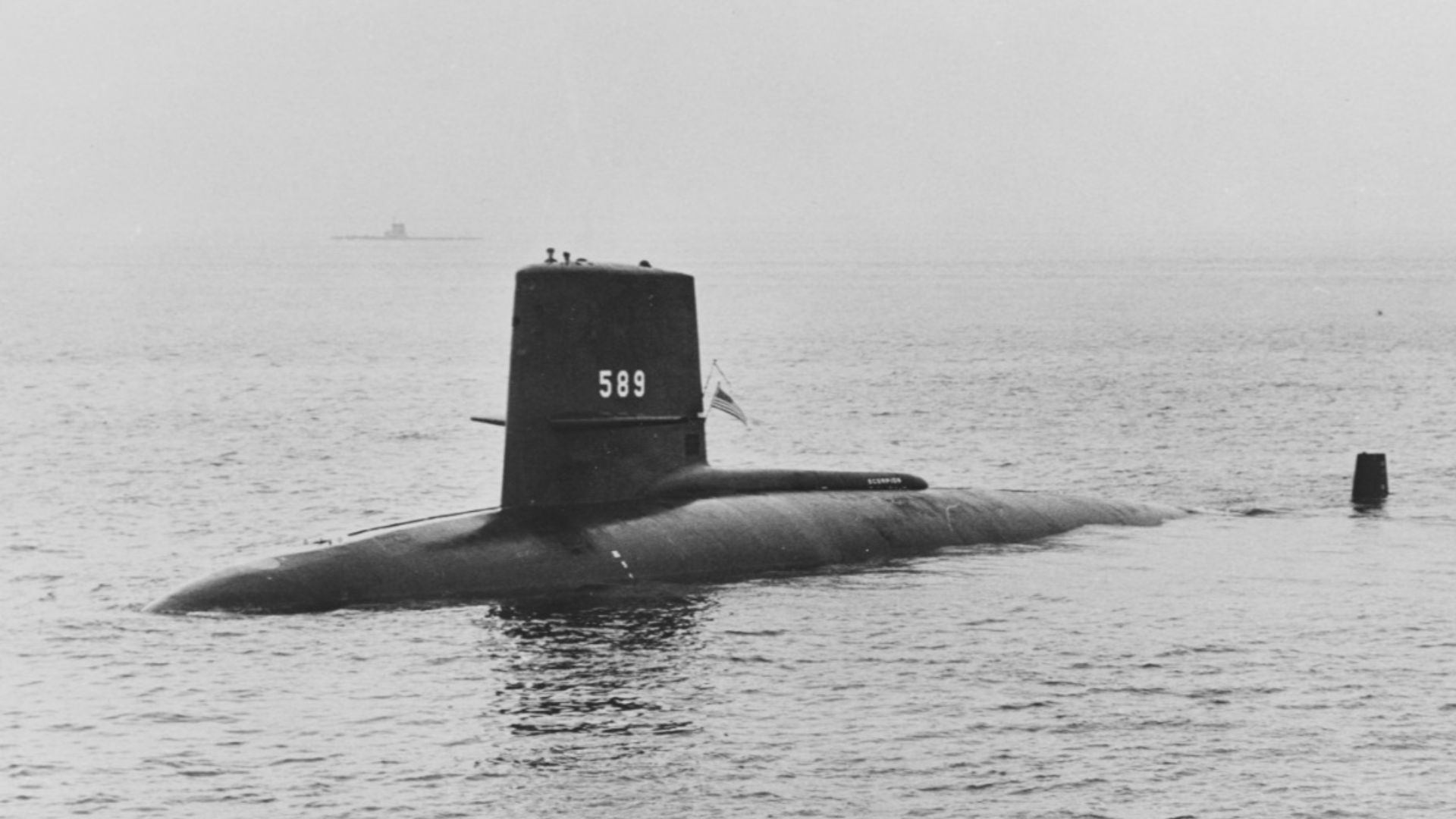History’s Best-Kept Secrets
History often feels like a greatest hits album—famous dates, legendary figures, and major events we’ve all heard a thousand times. But tucked between the headlines are moments that quietly shaped the world, only to be forgotten. So, let’s take a look at 20 overlooked events that rarely get the spotlight they deserve.
1. The Great Emu War Of Australia
In 1932, Australia launched an actual military operation—against emus, which were invading farmland in Western Australia. Soldiers armed with machine guns struggled to control the bird population, but the emus outmaneuvered them. Despite thousands of rounds fired, the emus won.
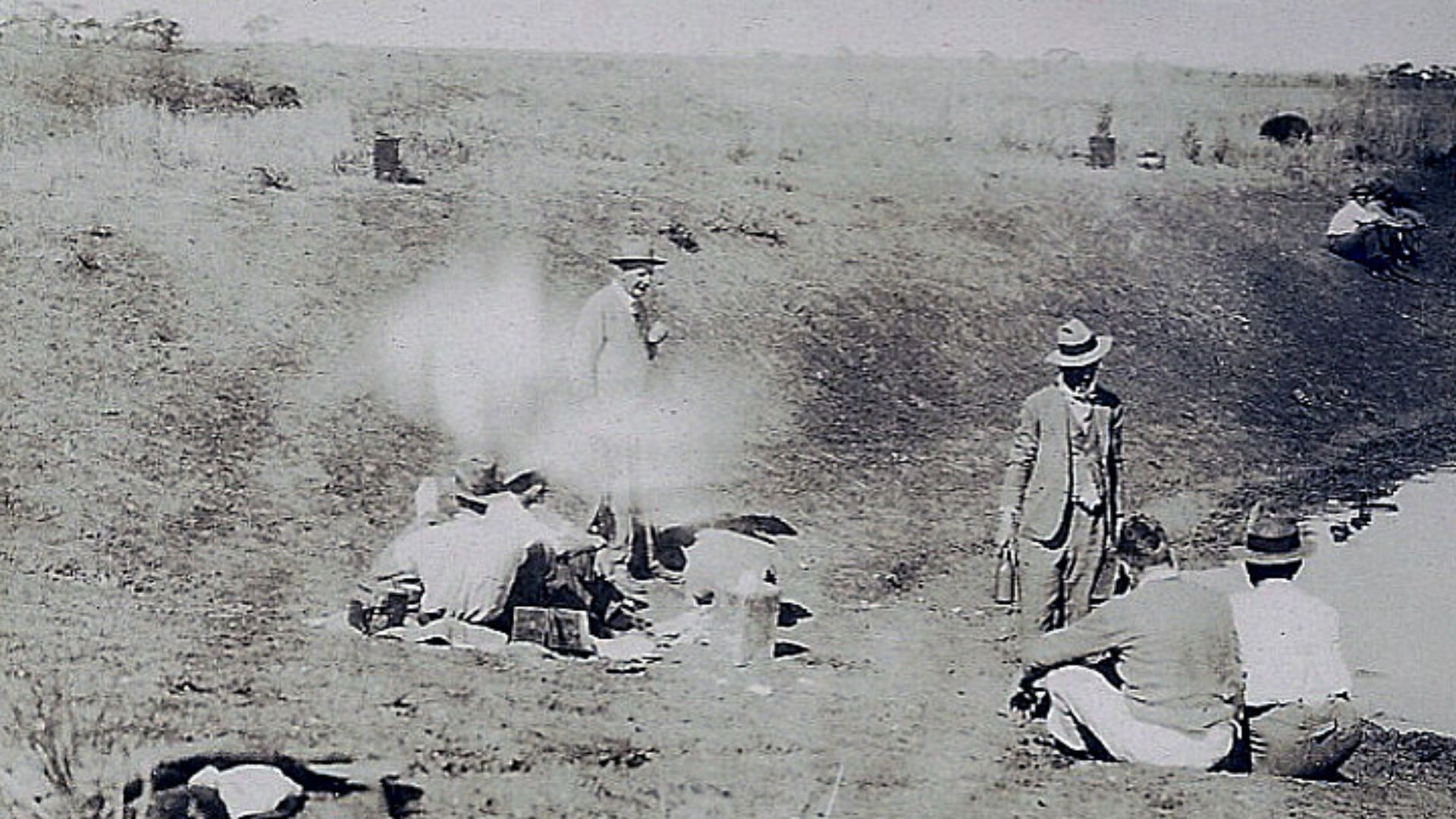 Unknown authorUnknown author on Wikimedia
Unknown authorUnknown author on Wikimedia
2. The Battle Of Los Angeles
During WWII, on February 25, 1942, Los Angeles experienced a bizarre military response to an alleged enemy attack. Anti-aircraft fire lit up the sky. However, no enemy planes were found. The “battle” is still debated and has left behind a strange piece of panic that history tends to forget.
3. The Dancing Plague Of 1518
Imagine this: a group of people in Strasbourg suddenly began dancing uncontrollably for days, with some even dying from exhaustion. This strange phenomenon, known as the “Dancing Plague,” swept through the city in 1518, and its origins remain a mystery.
 Unknown authorUnknown author on Wikimedia
Unknown authorUnknown author on Wikimedia
4. The Mystery Of The Voynich Manuscript
This manuscript is a 15th-century book written in an unknown language, filled with strange plants and astrological symbols. Discovered in 1912 by Wilfrid Voynich, it remains undeciphered despite modern analysis. Some believe it’s a hoax; others think it hides ancient knowledge.
 Unknown authorUnknown author on Wikimedia
Unknown authorUnknown author on Wikimedia
5. The Defenestration Of Prague
Ever been so mad you tossed someone out a window? In 1618, Prague Protestants did just that—throwing two Catholic officials from a castle window. Their dramatic exit didn’t claim their lives (thanks to manure), but it did launch the catastrophic Thirty Years’ War.
 Matthäus Merian the Elder (publisher) on Wikimedia
Matthäus Merian the Elder (publisher) on Wikimedia
6. The Cadaver Synod
In 897, one of history’s strangest trials took place—the Cadaver Synod. Pope Stephen VI brought Pope Formosus's body to court, had it clothed in papal garments, and staged a formal trial to judge him for supposed offenses from his earlier reign. The pope was found guilty, stripped of all titles, and unceremoniously thrown into the Tiber River.
 Jean-Paul Laurens on Wikimedia
Jean-Paul Laurens on Wikimedia
7. The Great Moon Hoax
In 1835, The Sun, a New York newspaper, published fake reports claiming astronomers saw bat-people on the Moon. Readers were enthralled. The hoax boosted sales and exposed media gullibility—highlighting early tabloid sensationalism that’s rarely remembered in modern lunar exploration narratives.
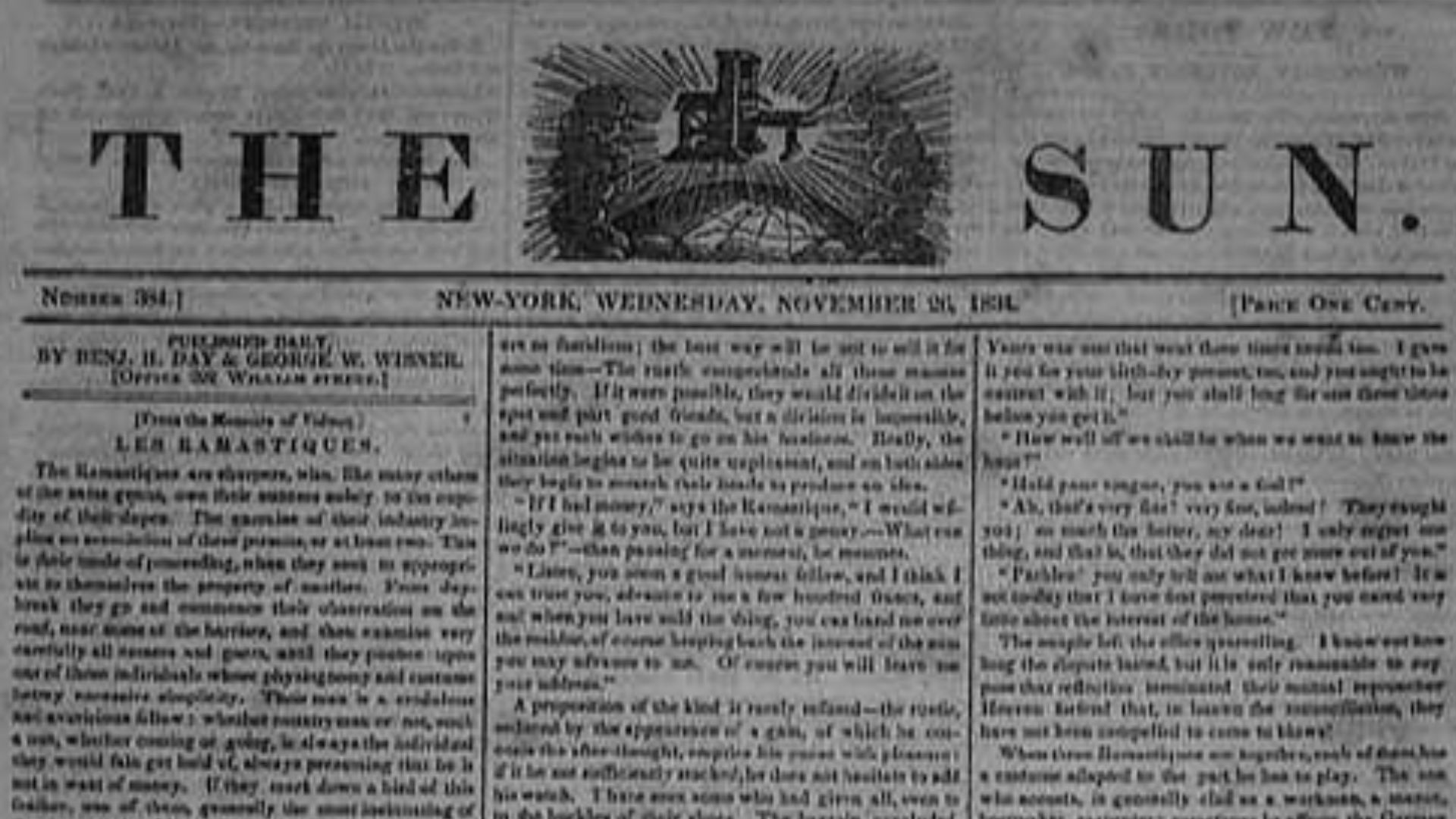 Defunct publishers on Wikimedia
Defunct publishers on Wikimedia
8. The Great Molasses Flood
What looked like an ordinary storage tank held a fatal surprise. In 1919, it burst into Boston’s North End, releasing a wave of 2.3 million gallons of molasses. Buildings crumpled, streets flooded, and 21 lives were lost—all due to poor construction and temperature shifts.
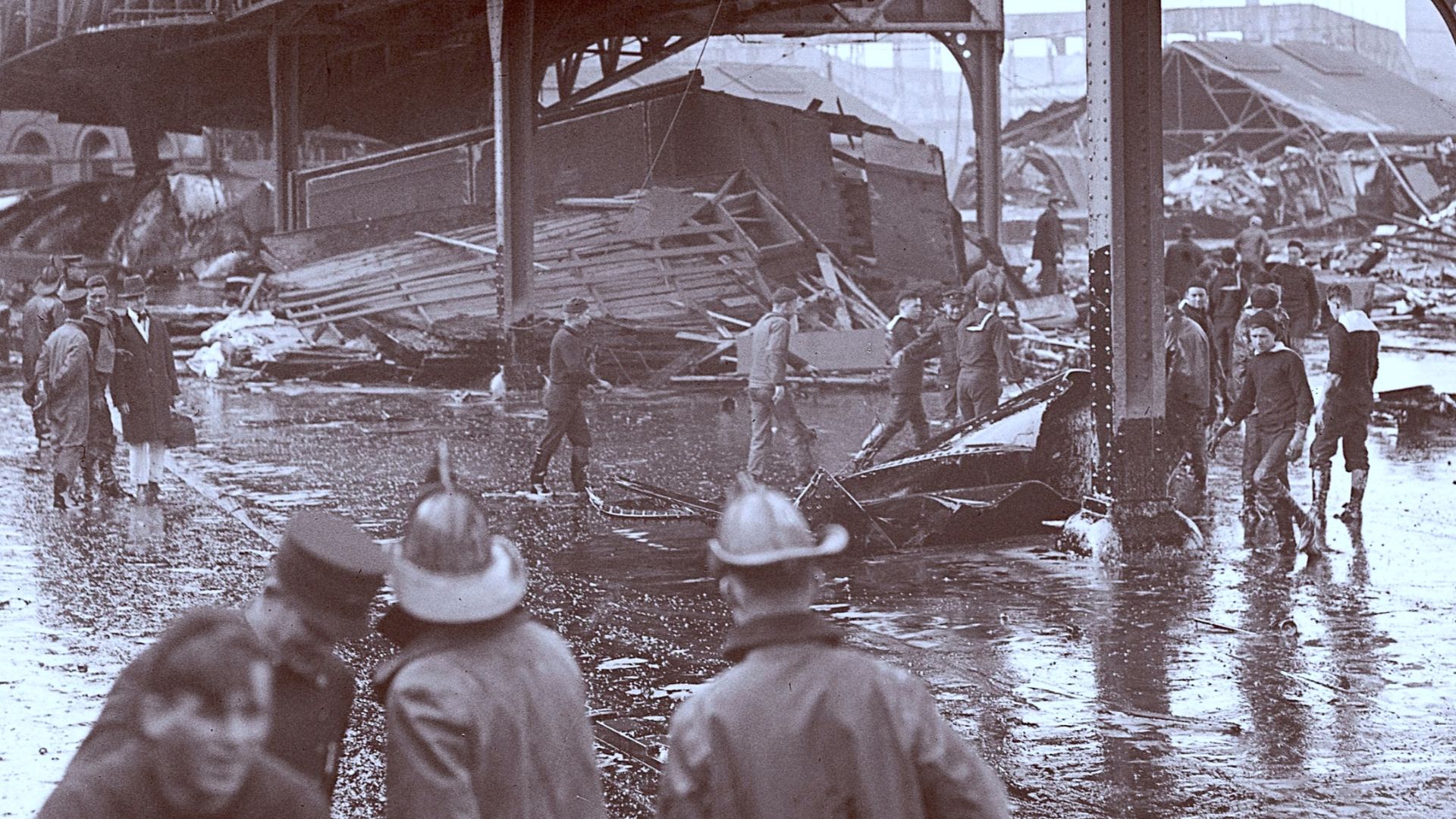 Unknown authorUnknown author on Wikimedia
Unknown authorUnknown author on Wikimedia
9. The Anglo-Zanzibar War
Lasting only 38 minutes, the Anglo-Zanzibar War of 1896 remains the shortest recorded clash in history. A British fleet bombarded the Sultan of Zanzibar’s palace after a coup. Moreover, it marked a significant shift in colonial power dynamics.
10. The Tanganyika Laughter Epidemic
A strange outbreak of uncontrollable laughter struck a girls' school in Tanganyika, now Tanzania, in 1962. It spread to villages, affecting hundreds for months. Laughter turned to fainting and pain. It was labeled a case of mass psychogenic illness, and its eerie cause remains unexplained and rarely discussed.
11. The Battle Of The Sexes 1973
Tennis turned into a cultural showdown when Billie Jean King took on self-proclaimed chauvinist Bobby Riggs. Their 1973 match, watched by 90 million people, was all about respect. This is where King’s commanding victory redefined women’s sports and delivered a powerful message about equality.
12. The French Revolution’s Women's March
On October 5, 1789, over 7,000 women marched from Paris to Versailles, demanding bread and justice. Their demands led to King Louis XVI and Marie Antoinette’s return to Paris, marking a pivotal moment in the French Revolution. The march also ignited broader social and political changes.
13. The Peshtigo Fire
The Peshtigo Fire, occurring on October 8, 1871, in Wisconsin, remains the deadliest wildfire in U.S. history. In just a few hours, the fire claimed around 1,500 lives, destroying the town of Peshtigo. However, it was overshadowed by the Great Chicago Fire, which occurred on the same day.
14. The Radium Girls’ Fight For Justice
Young women painting glow-in-the-dark dials were told radium was safe—even encouraged to lick their brushes. When their jaws rotted and cancers spread, they fought back. In the 1920s and ’30s, the Radium Girls' legal battle reshaped labor laws. Today, it is gaining more attention through widespread media coverage, but still not mainstream.
 Unknown authorUnknown author on Wikimedia
Unknown authorUnknown author on Wikimedia
15. WWII’s Undersea Reindeer
During WWII, a reindeer named Pollyanna served aboard the British submarine HMS Trident. Gifted by Soviet sailors, the reindeer adapted surprisingly well to life underwater. Pollyanna remained aboard for six weeks—an unlikely naval crewmember.
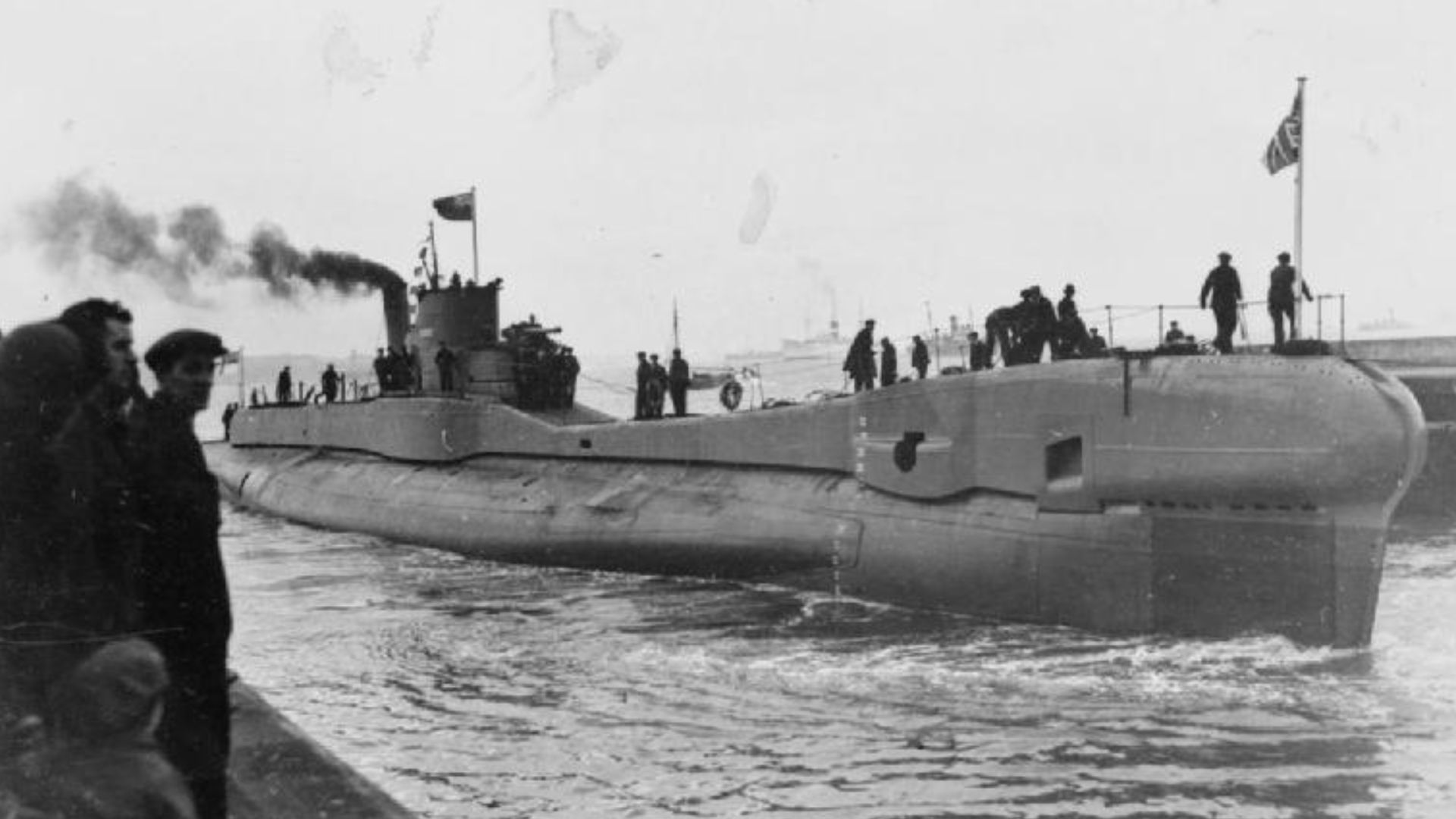 Royal Navy official photographer on Wikimedia
Royal Navy official photographer on Wikimedia
16. Queen Elizabeth II Was Never Supposed To Be Queen
Elizabeth wasn’t destined for the crown at birth. Her uncle, King Edward VIII, was the rightful heir but abdicated in 1936 to marry Wallis Simpson, an American divorcée. When the scandal hit, her father rose as King, and Elizabeth became the royal successor.
 Photograph taken by Julian Calder for Governor-General of New Zealand on Wikimedia
Photograph taken by Julian Calder for Governor-General of New Zealand on Wikimedia
17. The Tanzanian Revolution
In 1964, a violent revolution in Zanzibar overthrew the Sultan, marking a turning point that led to the island’s merger with Tanganyika to form modern-day Tanzania. The overthrow was swift, and the revolution’s brutality is often overlooked, yet it played a significant role in African decolonization.
18. The 1928 Women’s Olympics
The 1928 Women's Olympics, held in Amsterdam, marked a significant milestone for women in sports. For the first time, female athletes competed in track and field events. Many forget the controversy surrounding women’s participation, making this early achievement largely uncelebrated today.
 Unknown authorUnknown author on Wikimedia
Unknown authorUnknown author on Wikimedia
19. The Catapulting Of Women’s Rights In Iceland
Icelandic women organized a "women’s strike" (1975), refusing to work for one day to protest gender inequality. The powerful message of this collective action led to lasting societal change, propelling Iceland toward becoming the world’s first country to elect a female president in 1980..
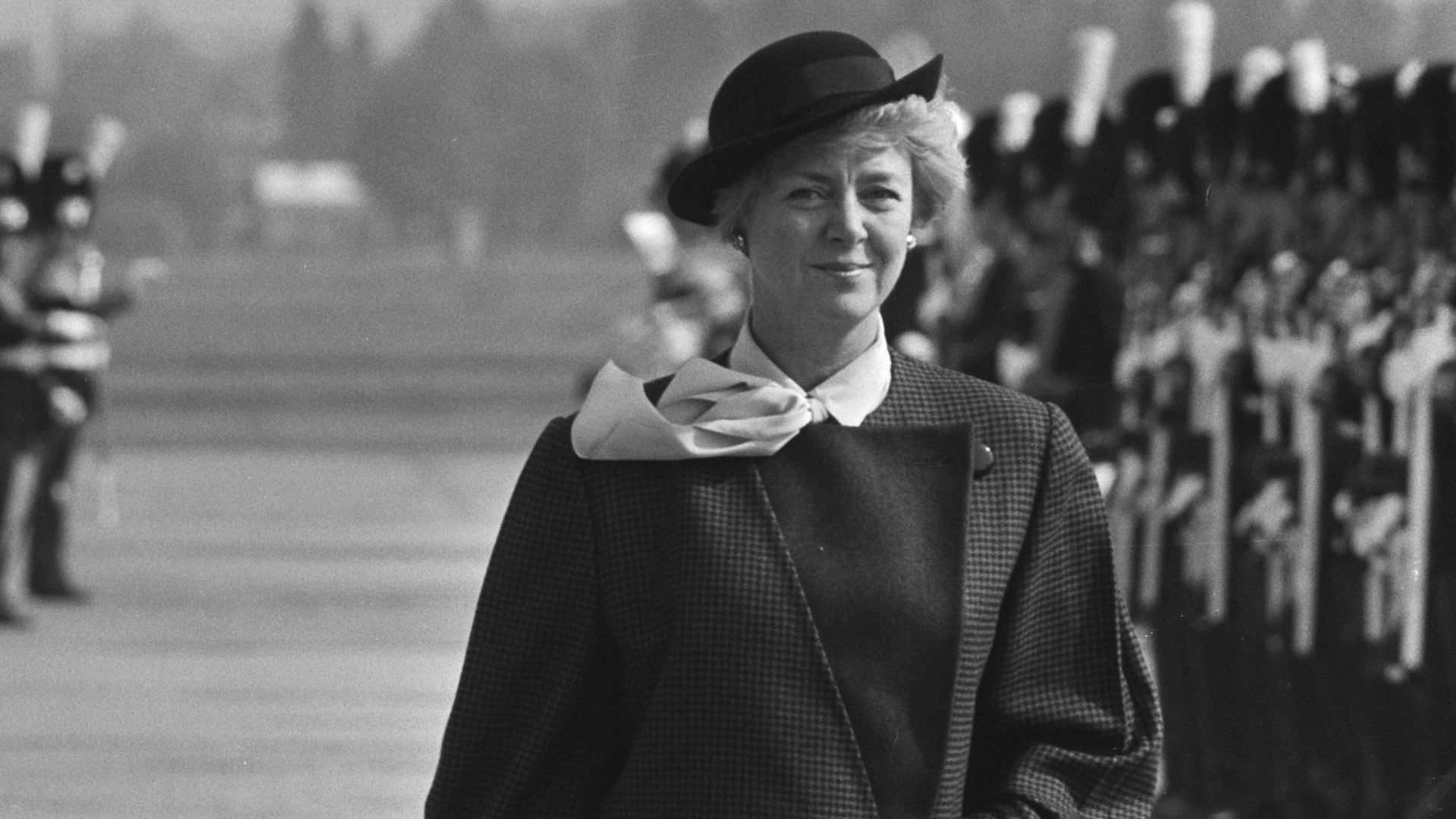 Rob C. Croes (ANEFO) on Wikimedia
Rob C. Croes (ANEFO) on Wikimedia
20. The Sinking Of The USS Scorpion
The USS Scorpion, a nuclear-powered U.S. submarine, sank in the Atlantic Ocean in May 1968 with 99 crew aboard. It was returning from a Mediterranean mission when it mysteriously disappeared. Later, it was found nearly 10,000 feet deep; the cause remains uncertain—possibly a torpedo malfunction.
KEEP ON READING
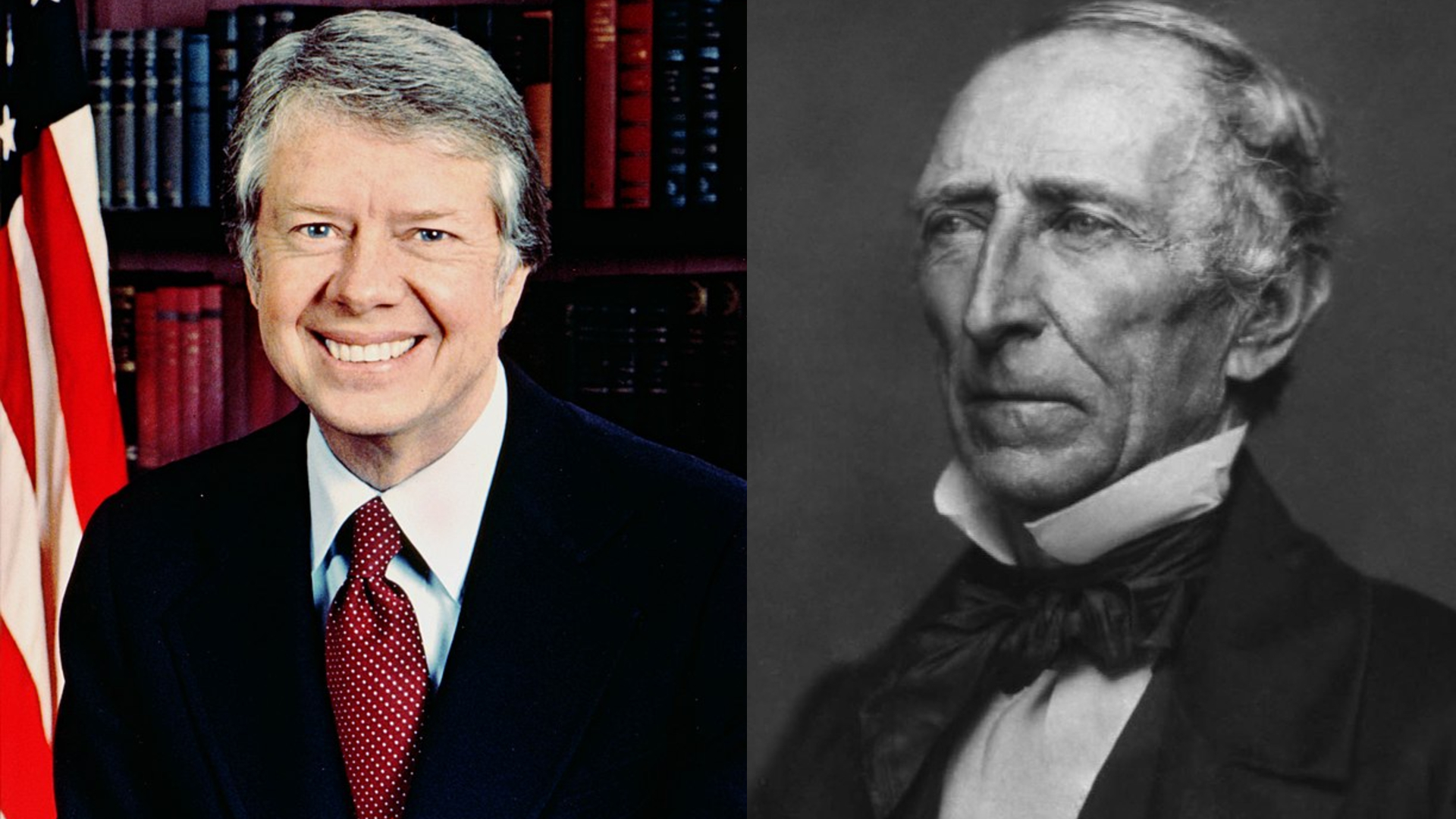
1 Weird Fact About Every President
Washington, Lincoln, FDR. Most people know something about the lives…
By Robbie Woods Dec 3, 2024
10 Ancient Civilizations You Don’t Want to Be Trapped In…
Grab Your Time Machine. Trying to pick out an ancient…
By Farva Ivkovic Feb 21, 2025
10 Brilliant Military Tactics That Changed History & 10 That…
That Time Egypt Fought 100 Cats. Sometimes reality is stranger…
By Farva Ivkovic Jan 22, 2025
10 Cool Facts About Machu Picchu & 10 Reasons Why…
Why Do We All Want To See Machu Picchu?. Machu…
By Megan Wickens Oct 23, 2024
10 Facts About Cleopatra And 10 Myths
A Powerful Egyptian Queen. Beyond the critically acclaimed 1963 film…
By Christy Chan Mar 17, 2025
10 Facts About The Real Robin Hood And 10 Myths
The Man, the Myth, the Never-Ending Legend. You’ve seen the…
By Maria Cruz Feb 26, 2025


